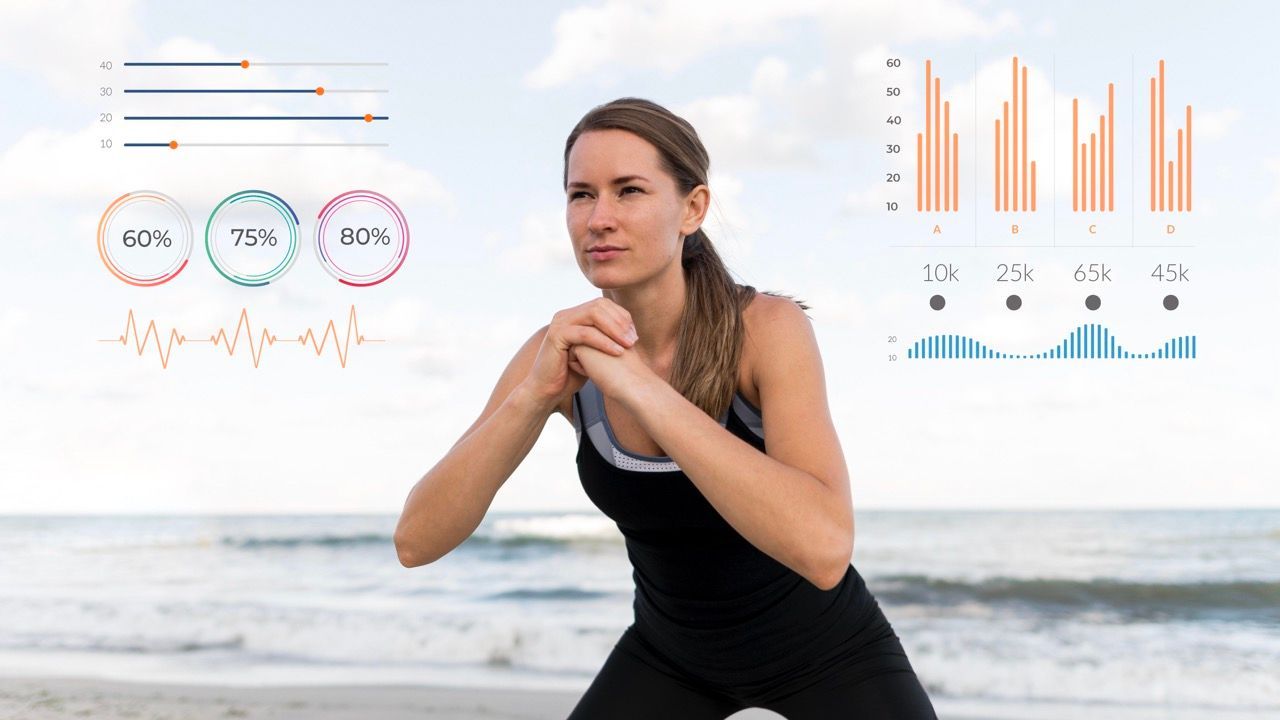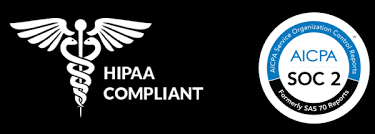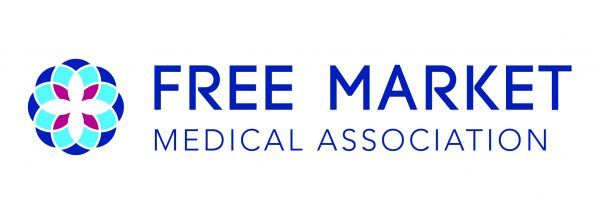Revolutionizing Worker Safety and Health through Wearables and Analytics
ACME LLC, a manufacturing company with 5,000 employees across 10 plants in the United States, was facing challenges with high workplace injury rates, rising healthcare costs, and increasing absenteeism. The company decided to implement a comprehensive Human Capital analytics program focusing on employee health and safety, leveraging wearable technology.

Objectives
1. Reduce workplace injuries by 30% within 18 months
2. Decrease healthcare costs by 15% over two years
3. Reduce absenteeism by 20% within one year
4. Improve overall employee health and well-being
Implementation
1. Provided employees with smart personal protective equipment (PPE) including helmets with environmental sensors and ergonomic monitoring wearables
2. Developed a mobile app for employees to track their health metrics and receive safety alerts
3. Installed IoT sensors throughout manufacturing plants to monitor environmental conditions
4. Implemented a data analytics platform to process and analyze data from wearables and plant sensors
Methodology
1. Data Collection:
- Gathered data from smart PPE on employee movements, posture, and exposure to environmental hazards
- Collected health data through voluntary health screenings and wearable devices
- Monitored plant conditions through IoT sensors
2. Data Analysis:
- Used machine learning algorithms to identify patterns leading to injuries or health issues
- Analyzed correlations between environmental factors and employee health/productivity
- Developed predictive models for injury risk and health outcomes
3. Implementation of Insights:
- Created personalized safety recommendations for employees
- Redesigned workstations and processes based on ergonomic data
- Implemented targeted health interventions for at-risk employees
- Adjusted plant conditions based on environmental impact on worker health and productivity
Results:
1. Workplace Safety:
- Workplace injuries decreased by 45% within 18 months, exceeding the initial goal
- Near-miss incidents reduced by 60%
2. Healthcare Costs:
- Overall healthcare costs decreased by 18% over two years
- Ergonomic-related health claims reduced by 50%
3. Absenteeism:
- Absenteeism reduced by 25% within the first year
- Presenteeism (working while sick) decreased by 30%
4. Employee Health and Well-being:
- 70% of employees reported improved overall health
- Participation in preventive health measures increased by 65%
5. Productivity:
- Overall productivity increased by 12%
- Production line efficiency improved by 15% due to optimized environmental conditions
Key Insights:
1. Predictive models identified that specific movement patterns were strong predictors of future musculoskeletal injuries.
2. Environmental factors like temperature and humidity had a significant impact on worker productivity and health.
3. Employees who regularly used the mobile app for health tracking were 40% less likely to experience a workplace injury.
4. Teams with higher engagement in the health program showed 20% higher productivity compared to less engaged teams.
Actions Taken:
1. Implemented an early intervention program for employees showing high-risk movement patterns.
2. Installed advanced climate control systems in plants based on optimal conditions identified through data analysis.
3. Gamified the health and safety program, offering incentives for consistent app use and achieving health goals.
4. Developed a predictive maintenance schedule for machinery based on usage data and injury risk factors.
Long-term Impact:
The success of the program led ACME LLC to expand its data-driven approach to other areas of operations. The company became known as an industry leader in workplace safety and employee well-being, leading to:
1. Improved ability to attract and retain top talent in a competitive labor market
2. Significant reduction in workers' compensation and insurance costs
3. Enhanced company reputation, leading to increased customer trust and sales
4. Development of new revenue streams by licensing their safety analytics platform to other manufacturers
Conclusion
By leveraging Human Capital analytics and wearable technology, ACME LLC transformed its approach to employee health and safety. The data-driven strategy not only improved employee well-being but also led to significant cost savings and productivity gains. This case study demonstrates the potential of analytics and wearables to revolutionize workplace safety and health in manufacturing settings.
Do you have any other questions?



